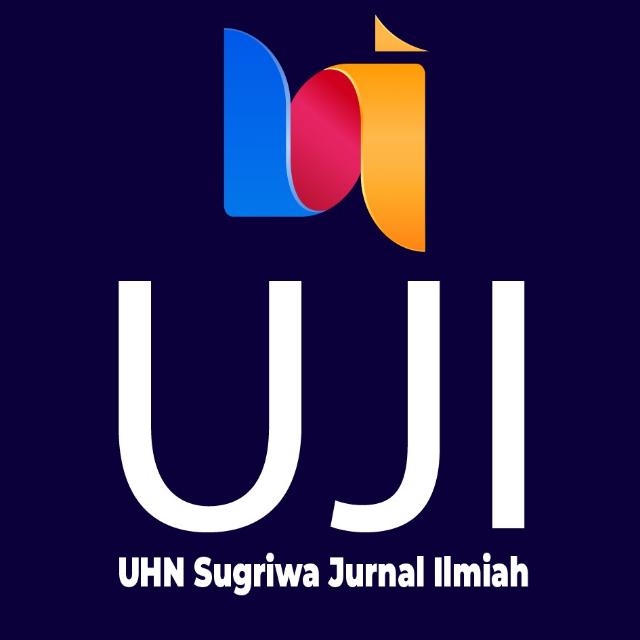Pengaruh Akupresur Terhadap Emesis Gravidarum Pada Ibu Hamil Trisemester Pertama di Puskesmas I Kecamatan Denpasar Timur
DOI:
https://doi.org/10.25078/jyk.v5i2.1902Keywords:
acupressure, emesis gravidarum, pregnant women, first trimesterAbstract
One of the government's efforts to improve the behavior and independence of the community so that they are able to implement preventive and promotive actions is carried out through the health of pregnant women aimed at reducing maternal mortality (MMR). One of the complaints in pregnant women is emesis gravidarum in the first trimester. This study uses the application of
traditional treatment, namely Acupressure. The problem in this study is about the form of implementation and acupressure for emesis gravidarum in first trimester pregnant women at Puskesmas I,East Denpasar District. This study used a quasi-experimental quantitative method with a control group pretest – posttest design. The data collection process used observations and the results of the Pregnancy-Unique Quantification Of Emesis/Nausea questionnaire (PUQE-24) in the form of giving acupressure everytime you felt emesis gravidarum. The sample was selected using probability sampling technique. There were 30 respondents who were divided into 2 groups, the experimental group was 15 respondents and the control group was 15 respondents. The results of this study indicate that there is an effect of acupressure on decreasing emesis gravidarum in the experimental group with the Wilcoxon test analysis showing the Asymp.sig value of 0.001 < 0.05, it can be concluded Ha (the hypothesis is accepted), meaning that there is a difference between the pre - post test results of acupressure on emesis gravidarum, the effect of acupressure on emesis gravidarumin first trimester pregnant women at Puskesmas I, East Denpasar District. Seeing the results of this study, it is hoped that acupressure can be used as an alternative to traditional health in increasing promotive and preventive actions.
References
Sopiyudin, Dahlan. 2010. Besar Sampel dan Cara Pengambilan Sampel. Semarang: Salemba Medika.
Alimul Aziz, Hidayat. 2007. Menentukan Populasi, Sampel, dan Teknik Sampling, Metode Penelitian Teknik Analisa Data.Jakarta: Salemba Medika.
Koren, G., Piwko, C., & Ahn, E.2005. Validation studies of the pregnancy Unique-Quantification of Emesis (PUQE) scores. PMID : 16147725 (Pub Med – Indexed For MEDLINE).
Mariza, A., & Ayuningtias, L.2019. Penerapan akupresur pada titik P6 terhadap emesis gravidarum pada ibu hamil trisemester 1. Holistic jurnal kesehatan, 13 (3), 218 – 224. Retrieved from https://doi.org/10.33024/hjk.v13i3.1363 diakses pada tanggal 1/11/2021.
Ikhsan, M. N. 2019. Dasar Ilmu Akupresur & Moksibasi. Jakarta: Bhimaristan Press.
Sugiyono. 2013. Metode Penelitian kuantitatif dan R&D.Bandung: AlfaBeta Bandung.
Ritonga, N. J., Shufyani, F., & Br. Sembiring, E.2020. Efektivitas Kombinasi akupresur dan Minuman Jahe (Zingiber Officinale) terhadap Emesis gravidarum di Desa Bandar Setia Kecamatan Percut Sei Tuan Kabupaten Deli Serdang. Jurnal Riset Hesti Medan Akper Kesdam I/BB Medan, 5(2), 123. Retrieved from https://doi.org/10.34008/jurhesti.v5i2.199 diakses pada tanggal 10/10/2021.
Sekretariat Jendral Kementrian Kesehatan. 2020. Arah Kebijakan Pembangunan Kesehatan (dalam Penyusunan rancangan RPJMN, renstra kemenkes 2020-2024, dan renja 2020). Retrieved From https://manajemenrumahsakit.net/2019/10/pembangunan -kesehatan-dalam-draftrancangan-rpjmn-2020-2024 diakses pada tanggal 14/10/2021.
Sugiyono. 2017. Metode Penelitian Kuantitatif,Kualitatif, dan R&D. Bandung: AlfaBeta Bandung.


















